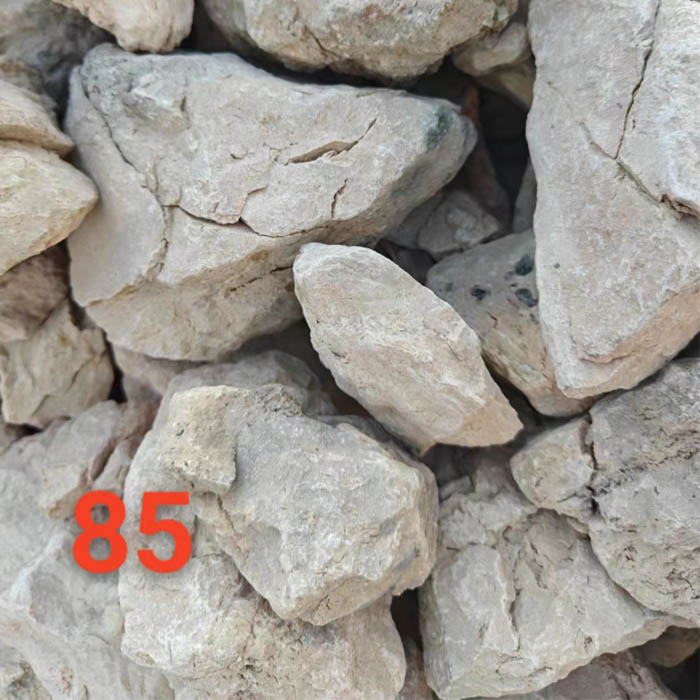Jul . 29, 2024 03:14 Back to list
Top Insulation Materials for Building Durable and Energy-Efficient Brick Houses with High-Quality Walls
High-Quality Brick House Insulation Wall Materials A Comprehensive Overview
In the realm of modern construction, the significance of effective insulation cannot be overstated. Among various building materials available, brick has emerged as a favored choice due to its durability, aesthetic appeal, and excellent insulating properties. This article delves into high-quality brick house insulation wall materials, exploring their benefits, types, and the role they play in enhancing energy efficiency.
The Importance of Insulation in Brick Houses
Insulation is a critical component in maintaining a comfortable indoor environment. It regulates temperature, minimizes energy consumption, and reduces noise transmission from external sources. In regions with extreme climates, high-quality insulation becomes essential to ensure that homes remain warm during winter and cool during summer. Brick houses, by their nature, possess good thermal mass, aiding in temperature regulation. However, the incorporation of superior insulation materials can significantly enhance the overall performance of a brick structure.
Types of Insulation Materials for Brick Houses
1. Fiberglass Insulation One of the most common insulation materials, fiberglass is renowned for its cost-effectiveness and ease of installation. It consists of tiny glass fibers that trap air, thereby providing excellent thermal resistance. When used in conjunction with brick walls, fiberglass insulation helps maintain consistent indoor temperatures while preventing moisture buildup.
2. Foam Board Insulation Rigid foam board insulation is another high-quality option for brick houses. Made from materials like polystyrene or polyisocyanurate, foam boards offer excellent thermal resistance (R-value). They can be installed on the exterior or interior of brick walls and are particularly effective at reducing heat loss while adding minimal weight to the structure.
3. Spray Foam Insulation Known for its exceptional air-sealing capabilities, spray foam insulation expands upon application, filling gaps and cracks in the wall. This material offers a high R-value and can significantly reduce air leakage, making it ideal for irregularly shaped areas around windows and doors. When applied beneath or alongside brick, spray foam creates a tight barrier that enhances energy efficiency.
4. Cellulose Insulation An environmentally friendly option, cellulose insulation is derived from recycled paper products. It is treated with fire-retardant chemicals and offers good thermal performance. Cellulose can be blown into wall cavities, making it an excellent choice for retrofitting existing brick homes that require improved insulation without extensive renovation.
high quality brick house insulation wall materials

5. Mineral Wool Insulation Also known as rock wool, mineral wool is made from natural or recycled materials and is highly fire-resistant. It provides excellent soundproofing and thermal insulation, making it suitable for brick houses in urban settings where noise can be an issue. Its moisture-resistant properties also help prevent mold growth.
Benefits of High-Quality Brick House Insulation
Investing in high-quality insulation materials for brick homes comes with numerous advantages
- Energy Efficiency Proper insulation minimizes heat transfer, lowering heating and cooling costs and reducing the overall environmental footprint of the home.
- Comfort Insulated brick walls create a more stable indoor temperature, providing comfort year-round.
- Longevity High-quality insulation prevents issues like moisture buildup and mold, contributing to the longevity of both the structural and non-structural elements of the house.
- Value Enhancement Energy-efficient homes are increasingly sought after in the real estate market, which can lead to higher property values and quicker sales.
Conclusion
In summary, high-quality insulation materials play a vital role in the performance of brick houses. By understanding the types of insulation available and their unique benefits, homeowners and builders can make informed choices that enhance energy efficiency, comfort, and long-term value. Whether opting for fiberglass, foam board, spray foam, cellulose, or mineral wool, investing in quality insulation is a step towards a more sustainable and enjoyable living environment.
-
Eco-Friendly Granule Covering Agent | Dust & Caking Control
NewsAug.06,2025
-
Fe-C Composite Pellets for BOF: High-Efficiency & Cost-Saving
NewsAug.05,2025
-
Premium Tundish Covering Agents Exporters | High Purity
NewsAug.04,2025
-
Fe-C Composite Pellets for BOF | Efficient & Economical
NewsAug.03,2025
-
Top Tundish Covering Agent Exporters | Premium Quality Solutions
NewsAug.02,2025
-
First Bauxite Exporters | AI-Optimized Supply
NewsAug.01,2025
